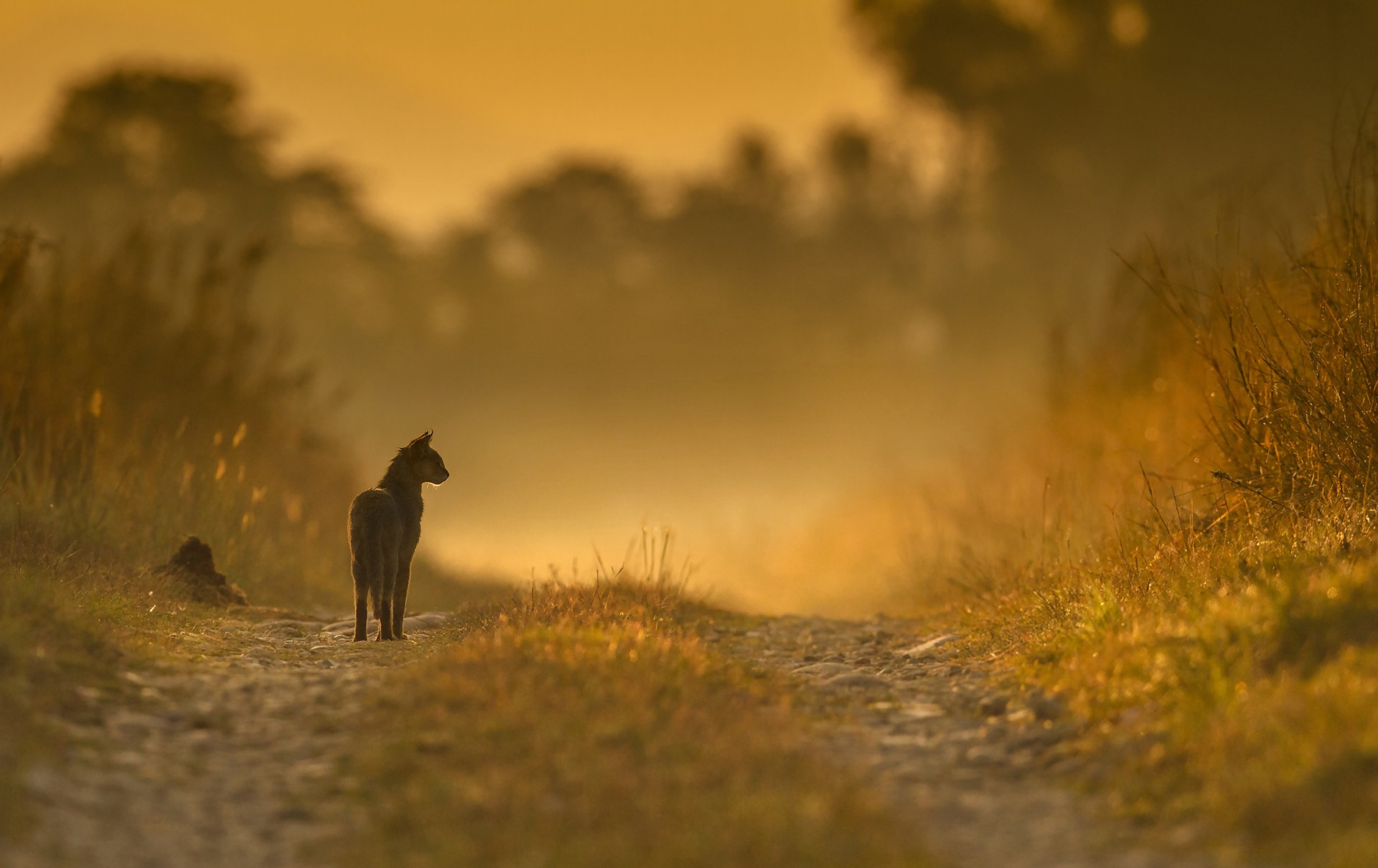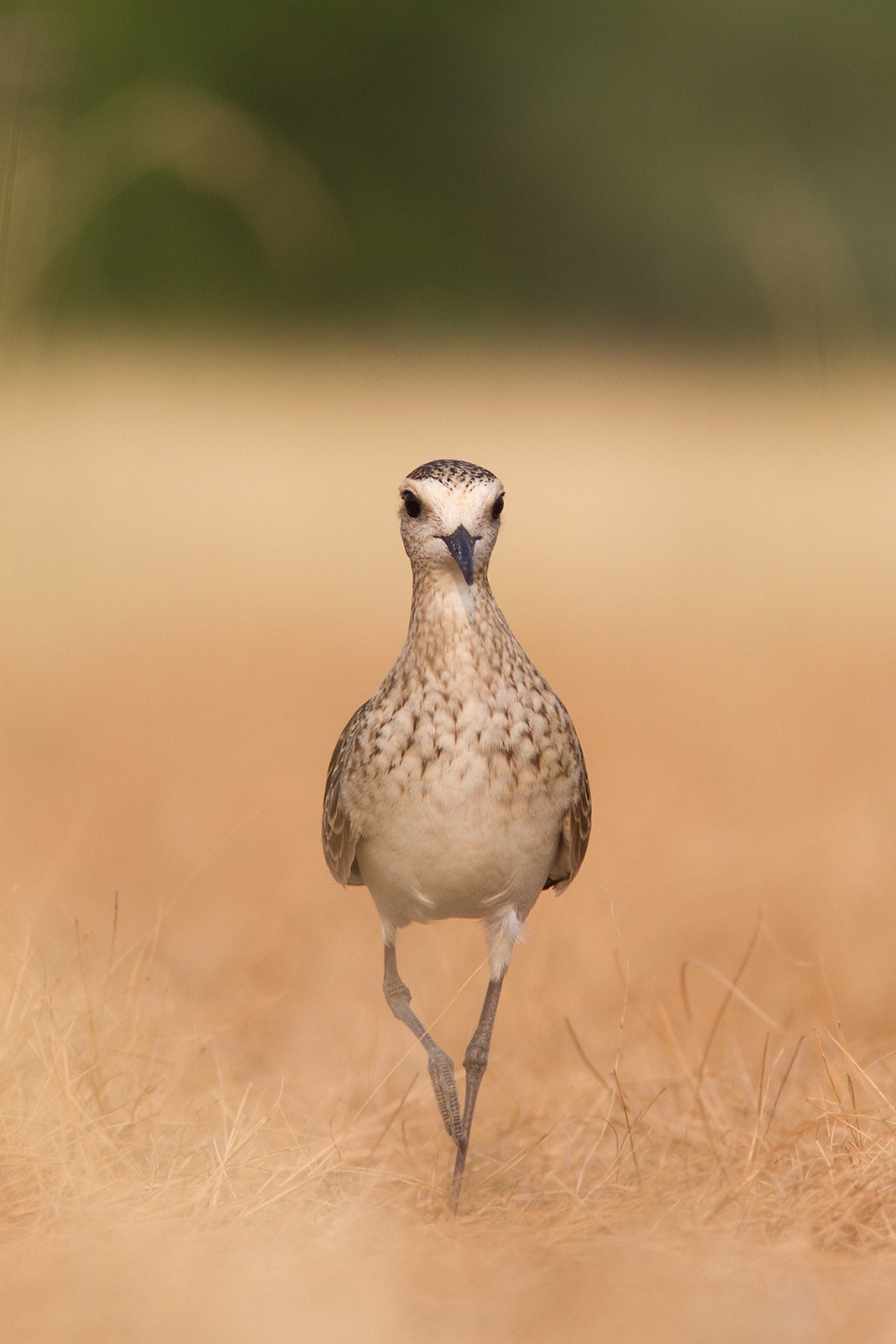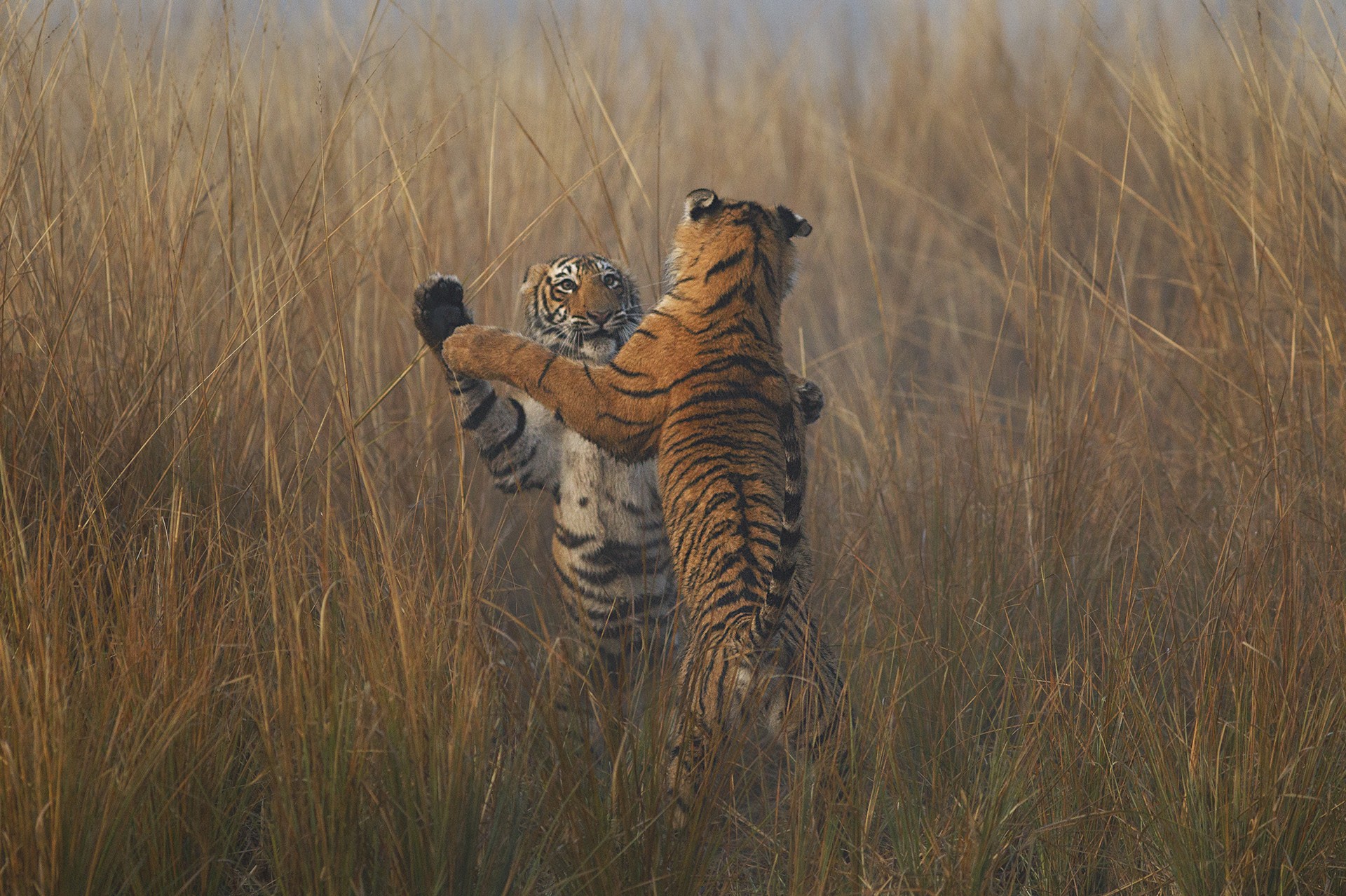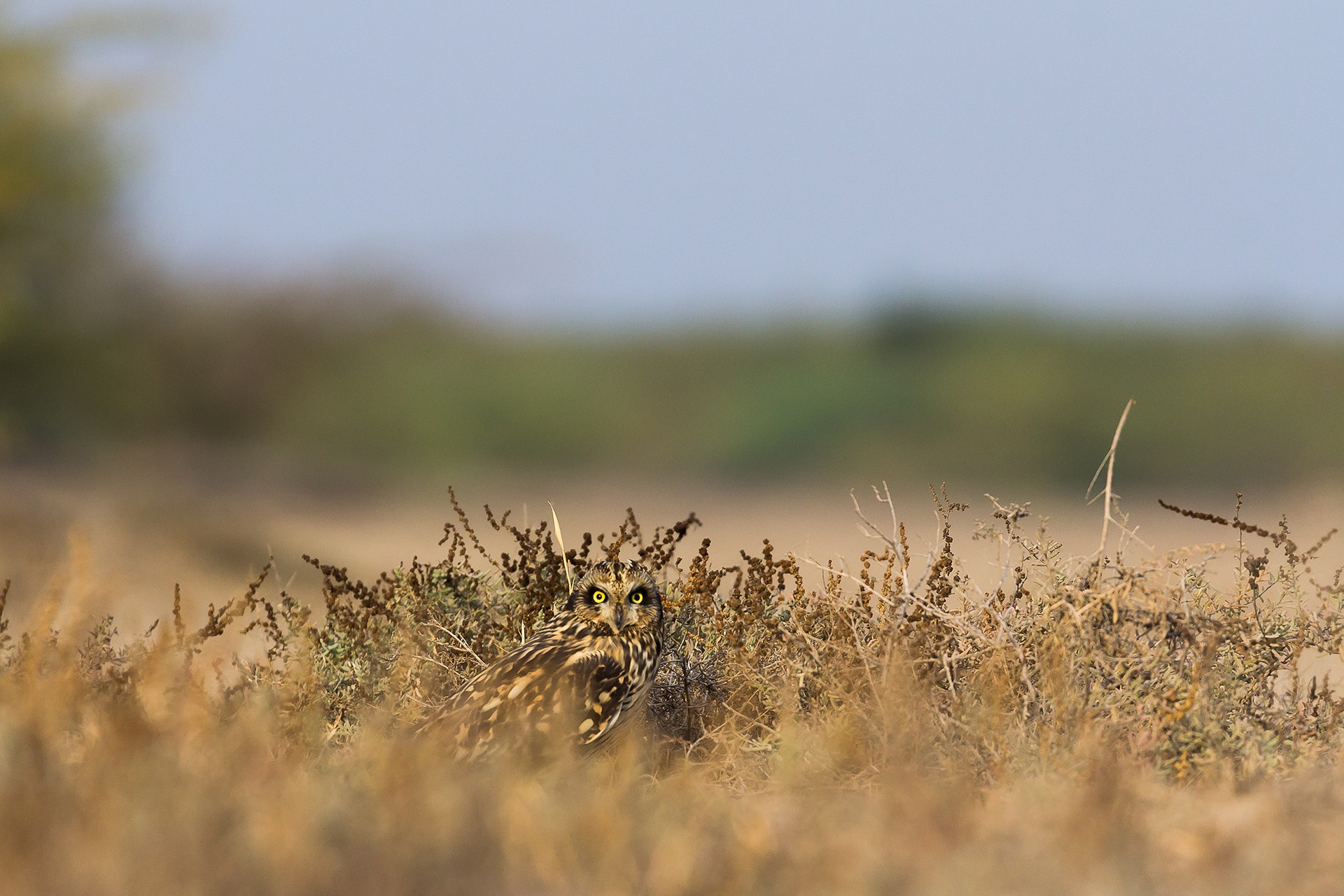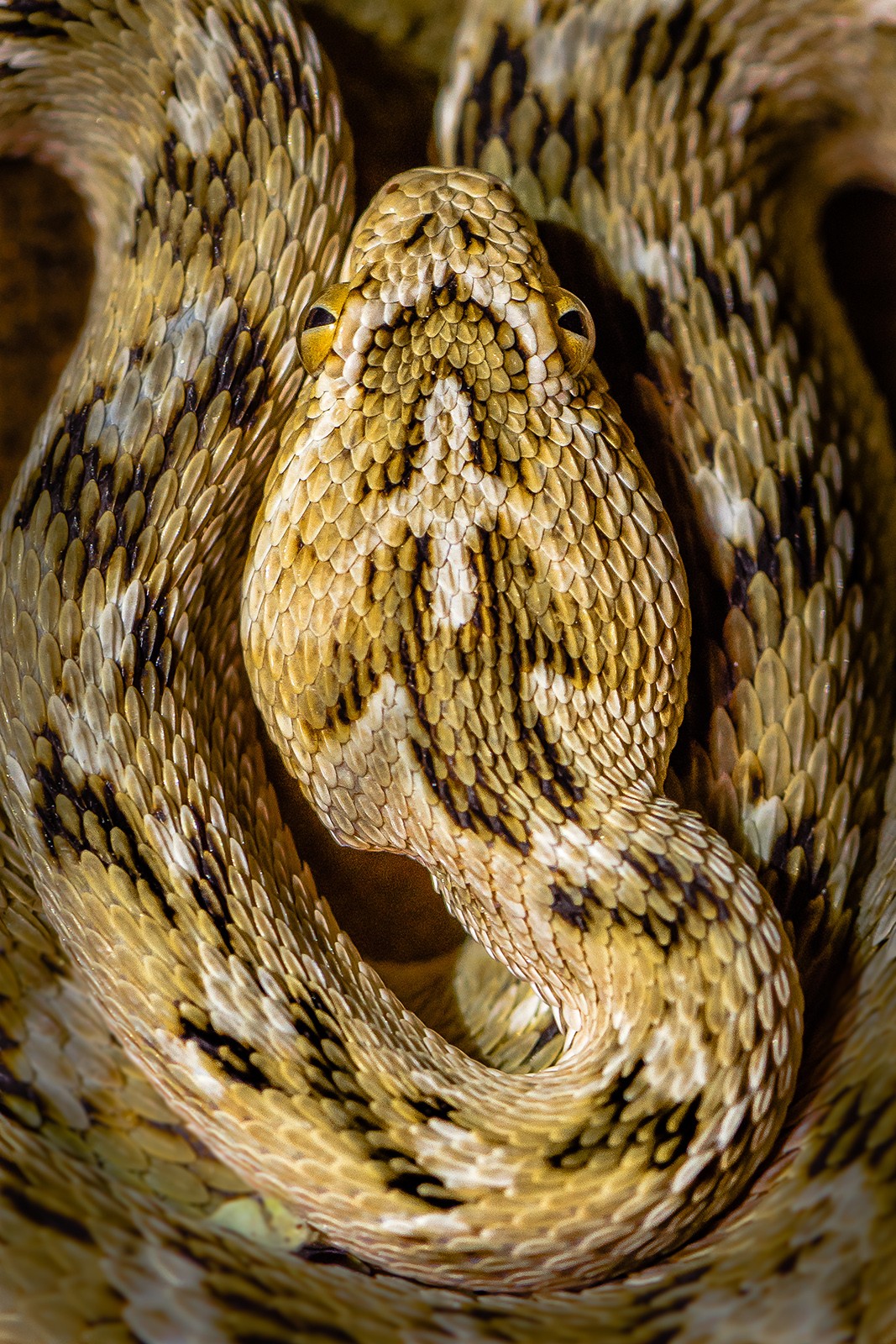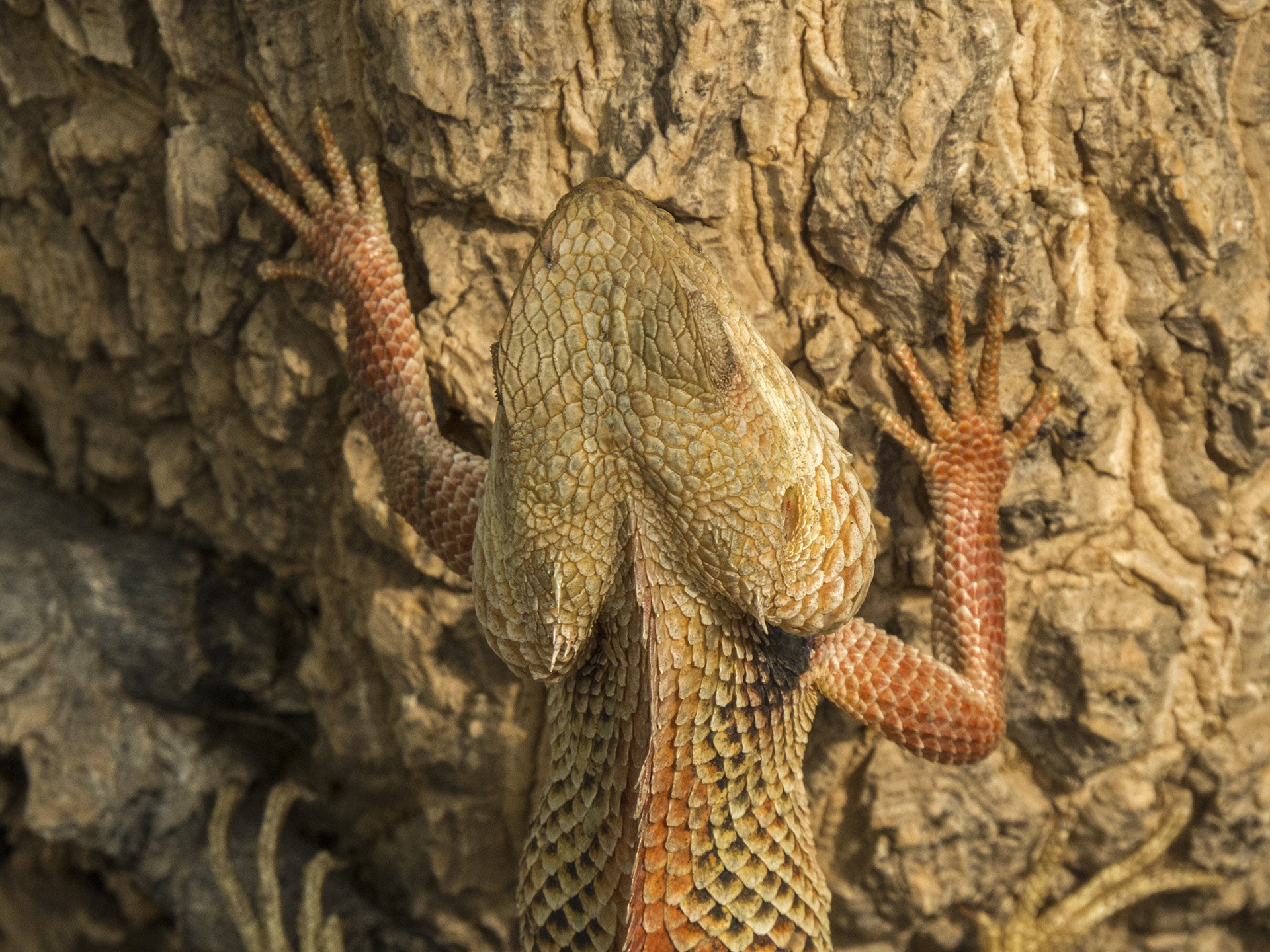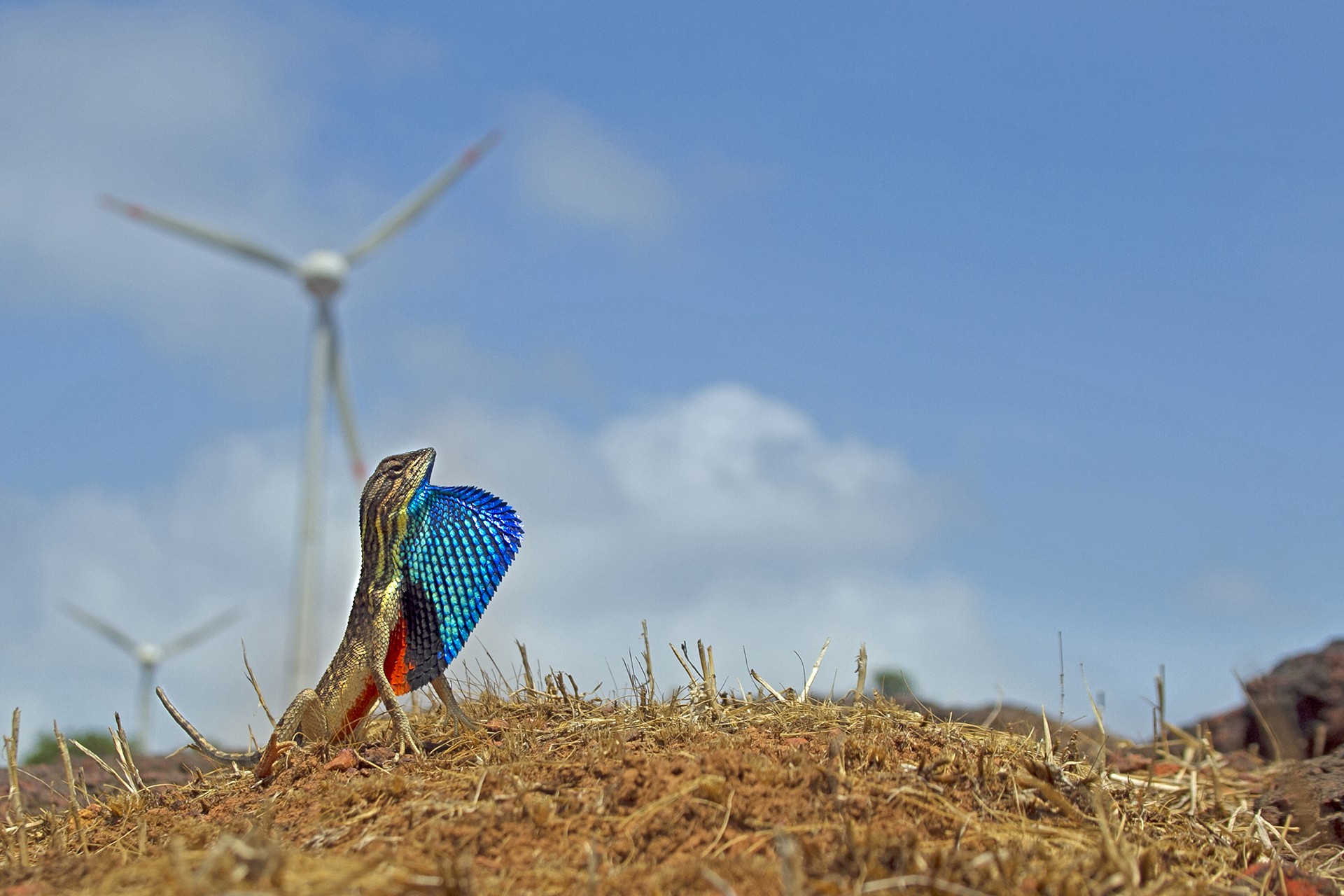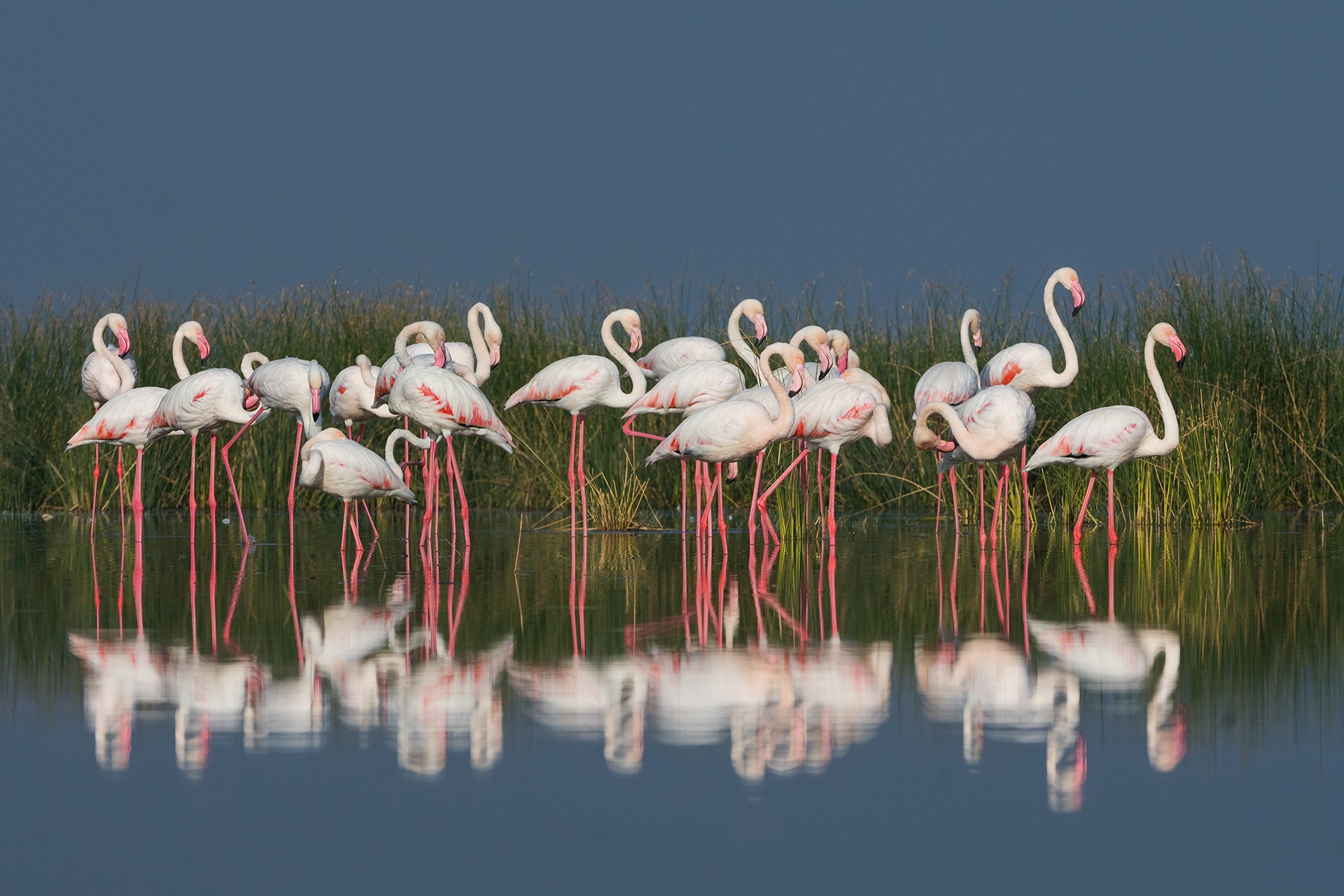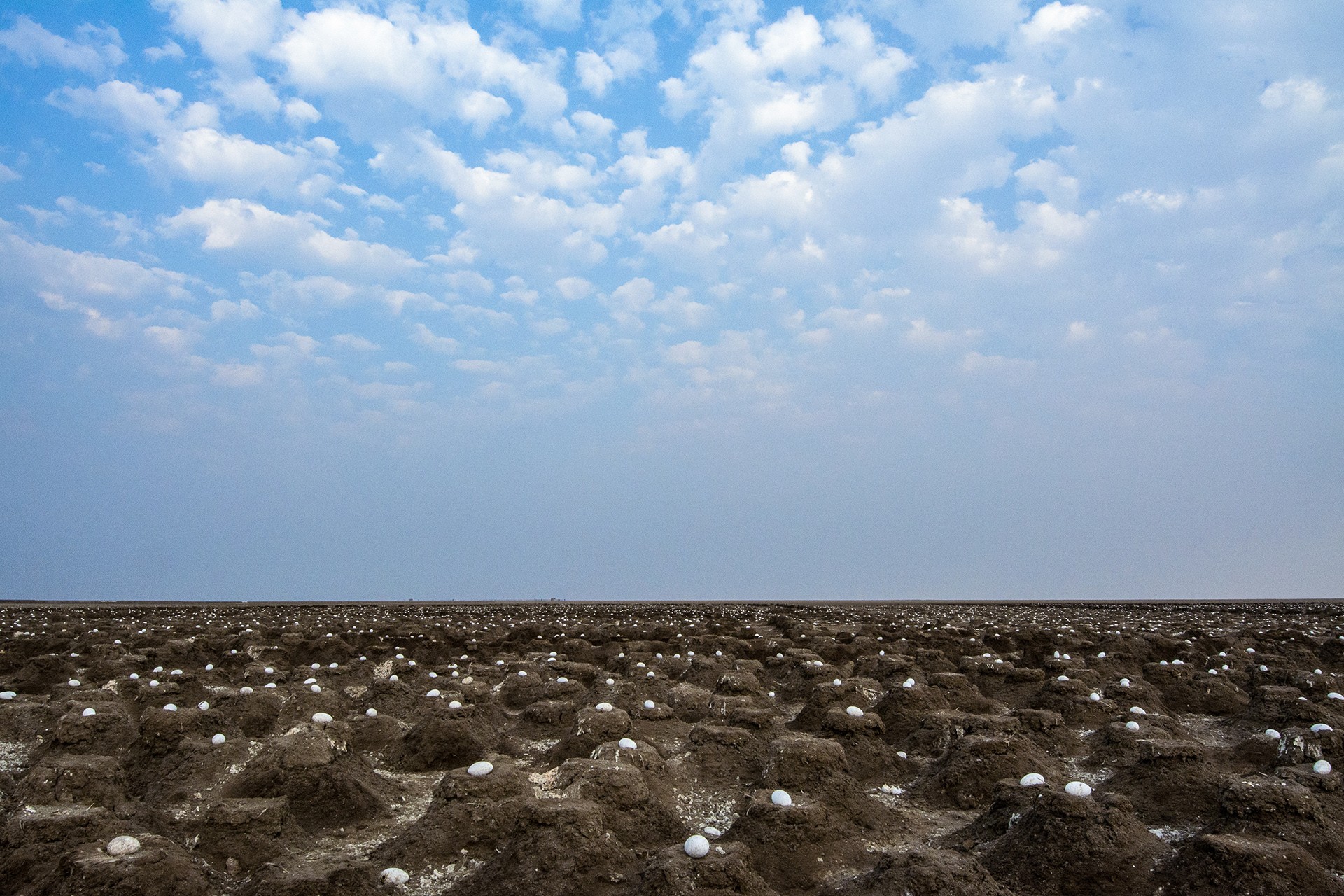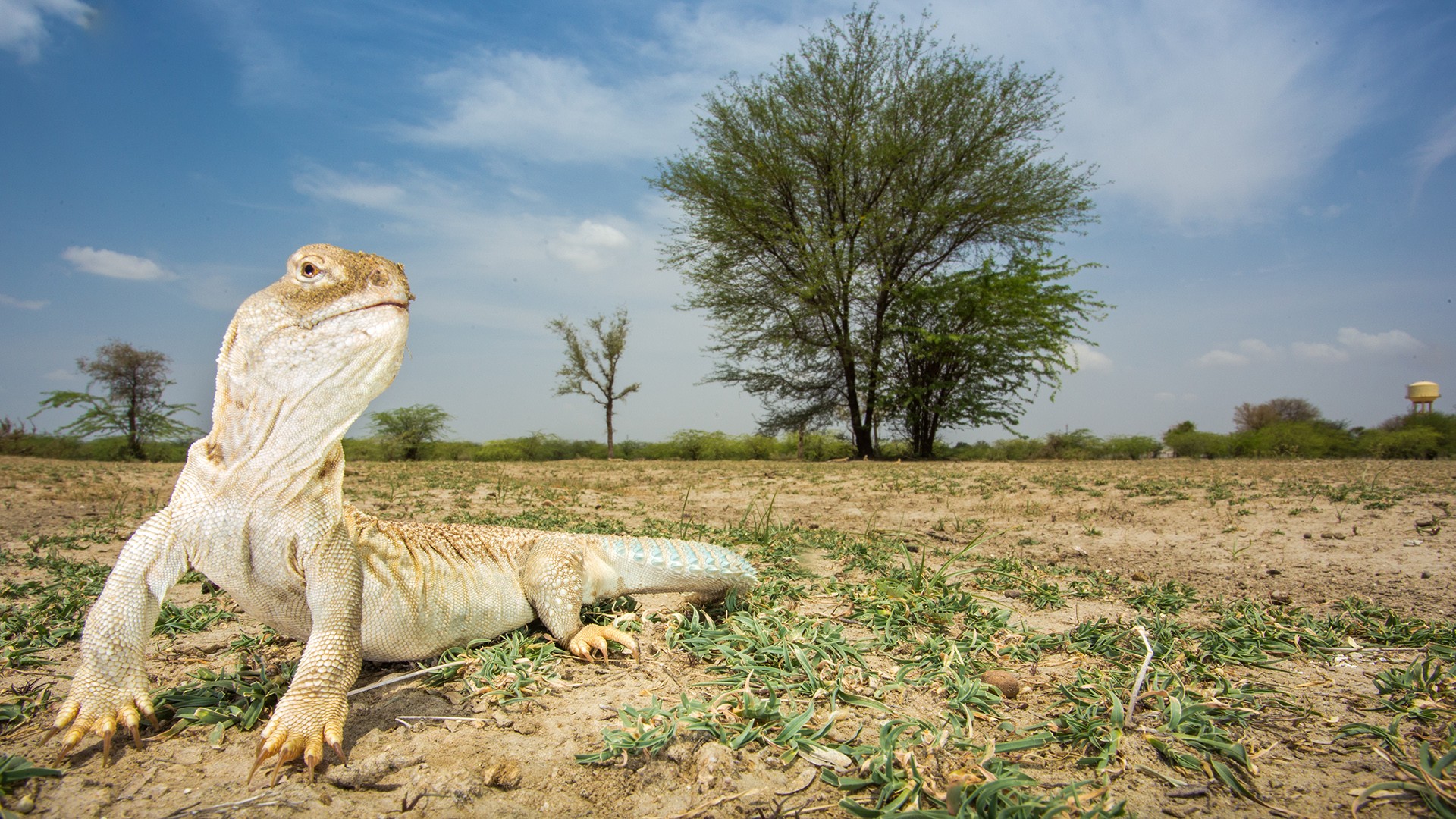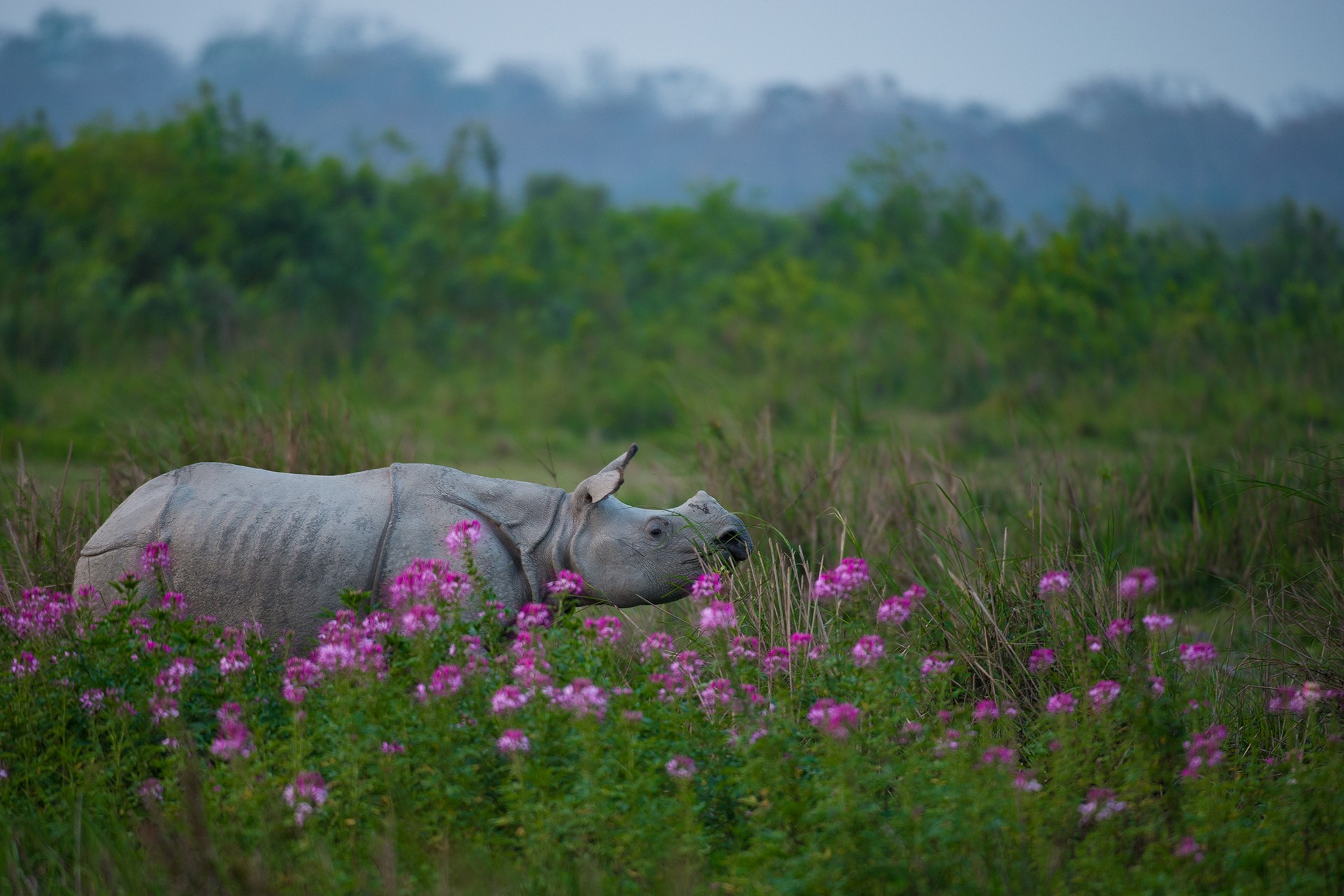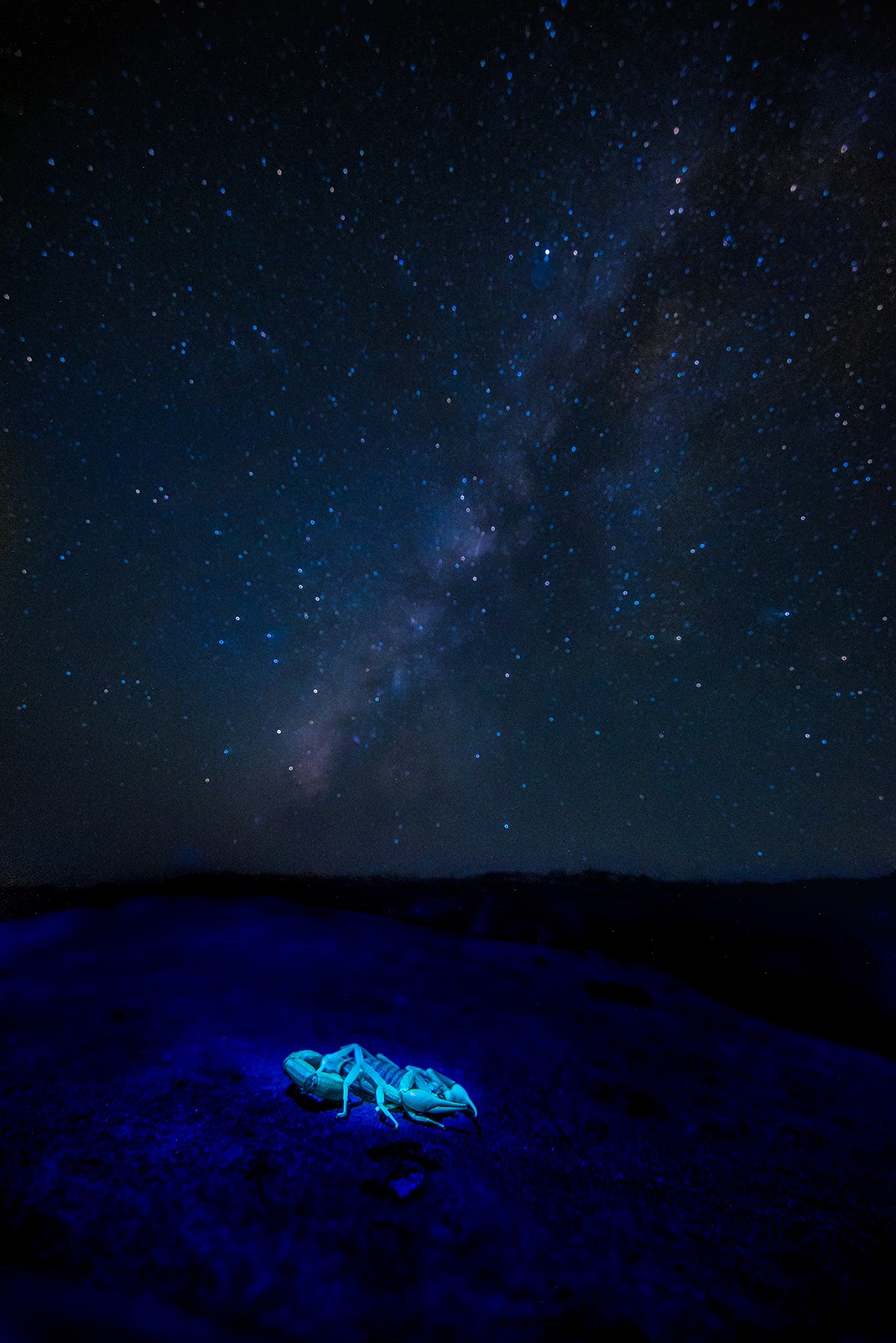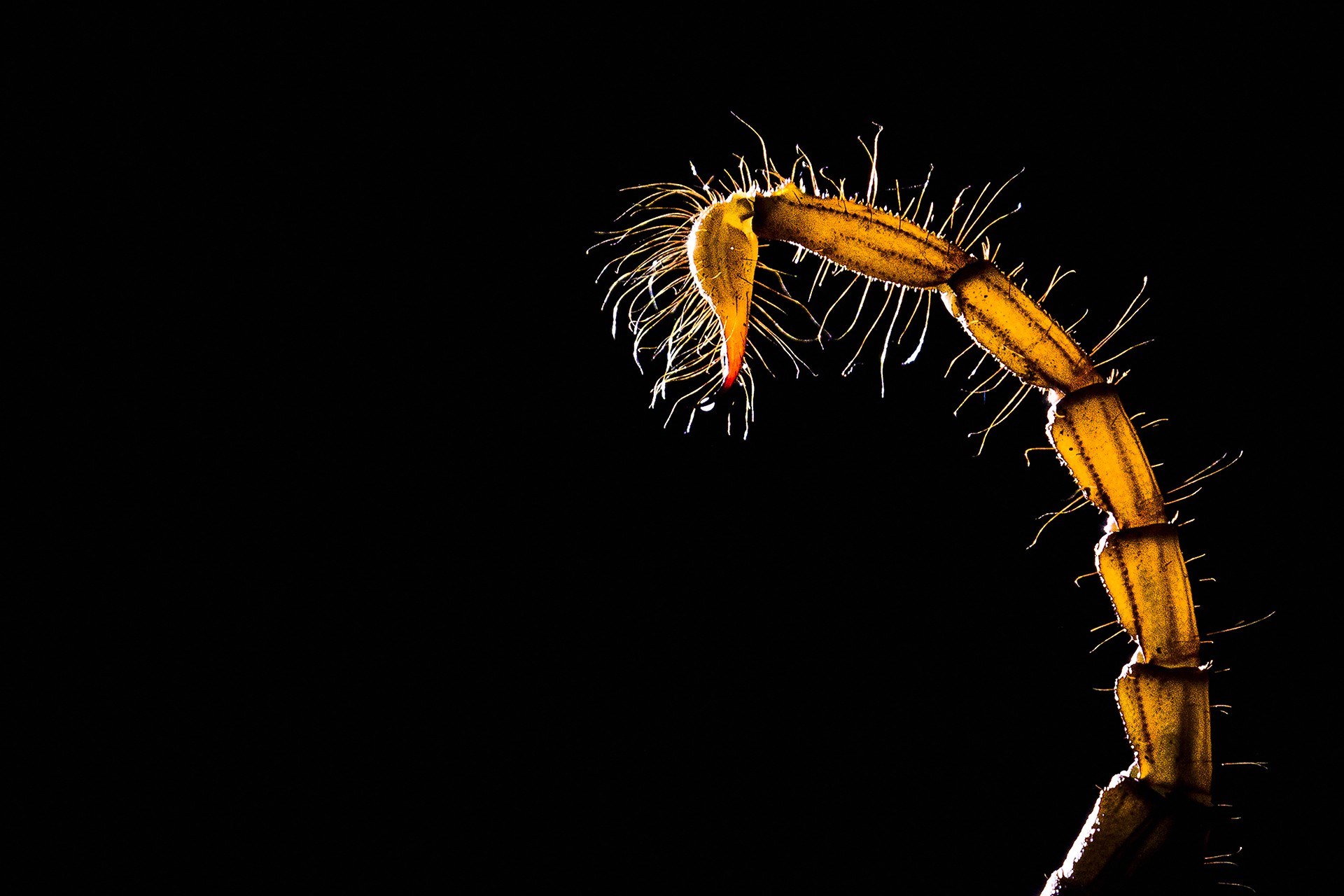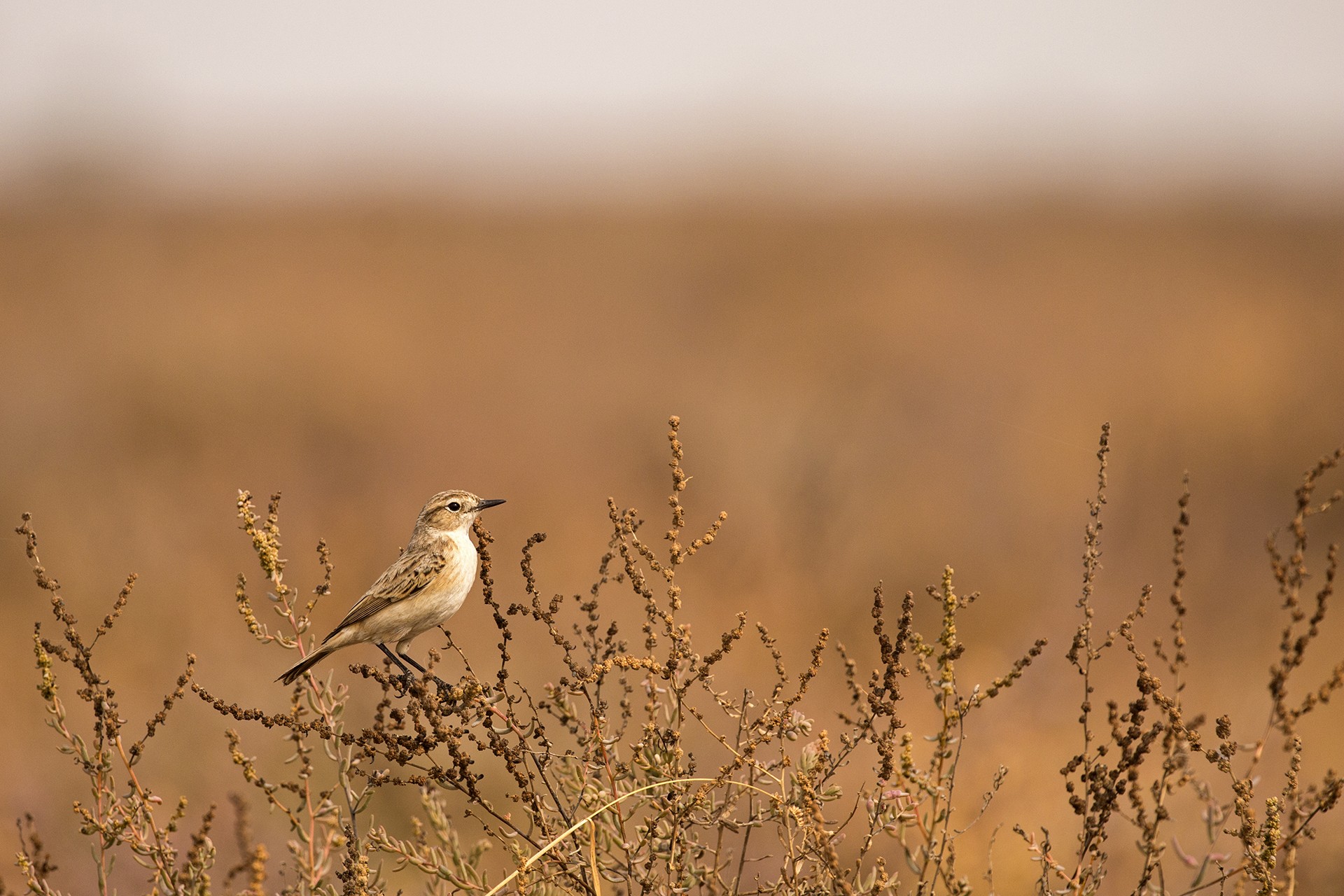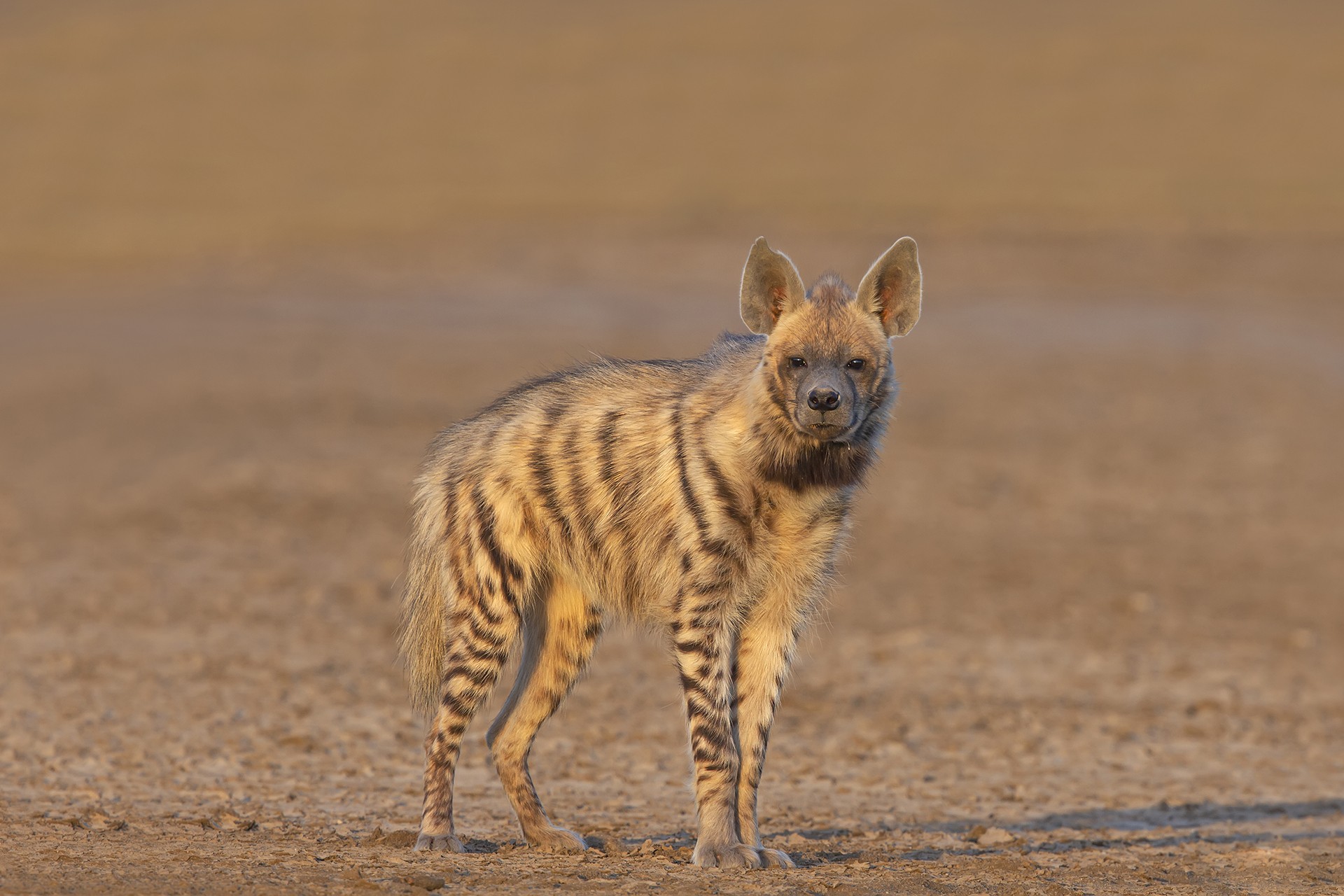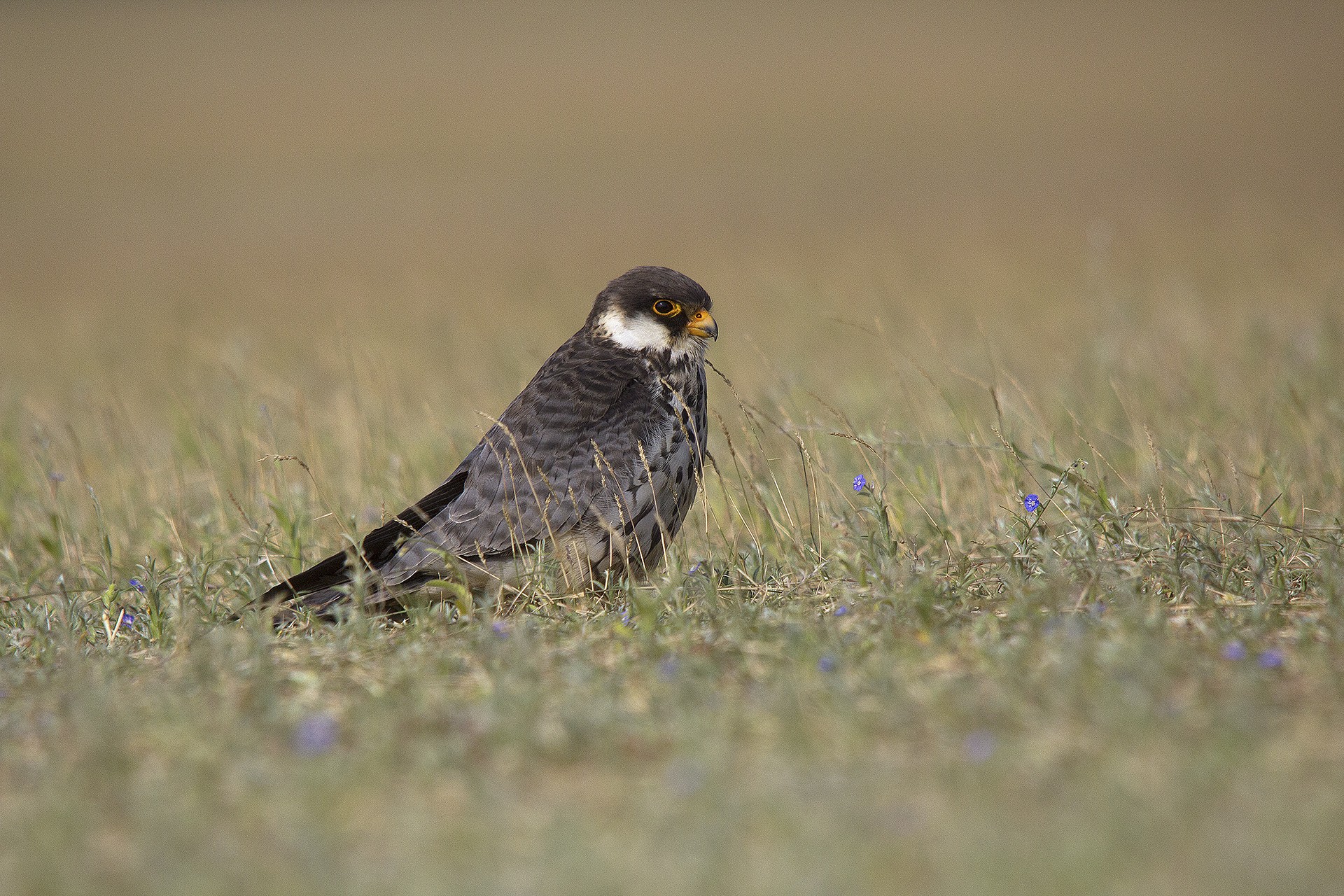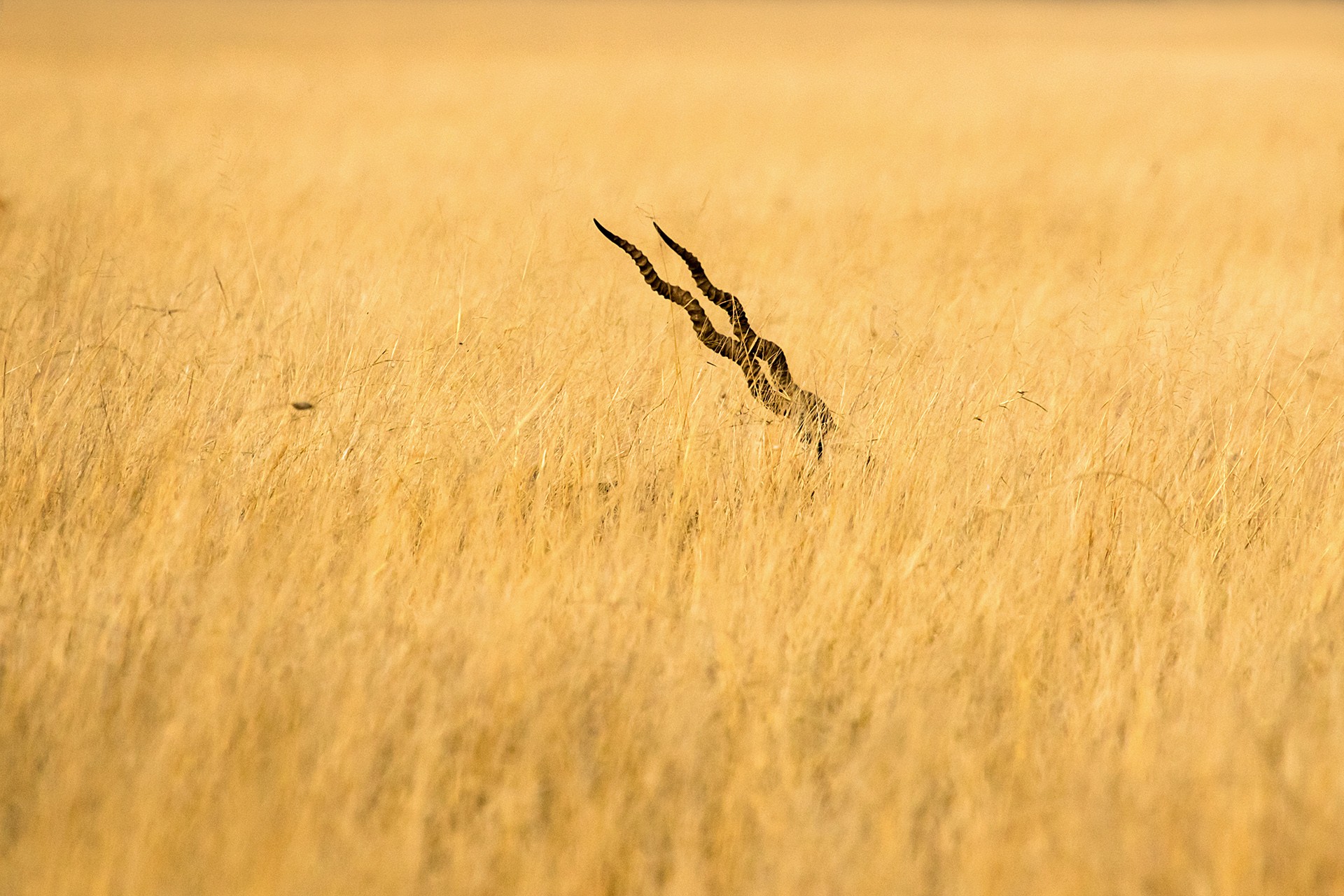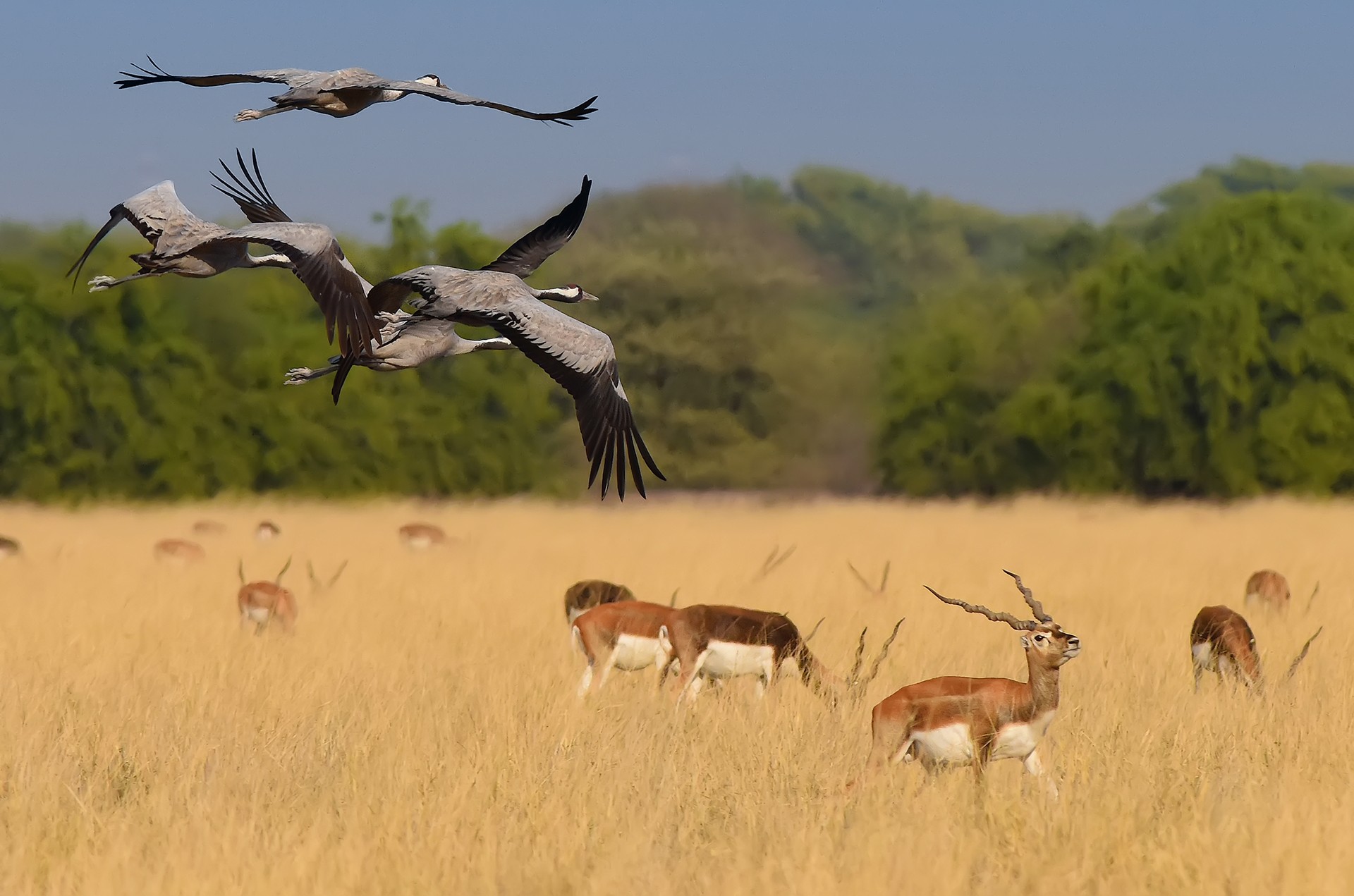For its fifth edition, the Nature inFocus Festival hosted its first-ever curated wildlife photography exhibition – The Wild Nation – showcasing around 100 images from across the country, curated by the top experts in their field. The Wild Nation is an attempt by Nature inFocus to throw light on the colossal beauty of India's rich wilderness and to sound out important conversations on conservation.
The exhibition is divided into five categories, based on the different habitats found around the country. Here, we look at the images curated for the Deserts and Grasslands category by Arati Kumar-Rao.
Arati Kumar-Rao is an independent environmental photographer and writer documenting effects of land use, river use and climate change on communities and ecosystems in South Asia. You can follow her on Instagram and Twitter.
Anu Marwah
Shreeram MV
Ramakrishnan Aiyaswamy
Ankur Shah
Manish Vaidya
Sachin Sharma
Viraj Khorjuwekar
Shreeram MV
The Greater Flamingo (Phoenicopterus roseus) finds safety in numbers and lives in colonies. This flock of flamingos were initially busy feeding for over an hour before they took a break to start preening themselves.Location: Little Rann of Kutch, Gujarat
Manish Vaidya
Anuroop Krishnan
Arvind Ramamurthy
Manish Vaidya
Partha Protim Chakraborty
Mohith Unny
Tapan Sheth
Girish Prahalad
Krinal Jani
Kallol Mukherjee
Nature inFocus thanks all its sponsors and partners for making The Wild Nation a grand success.

